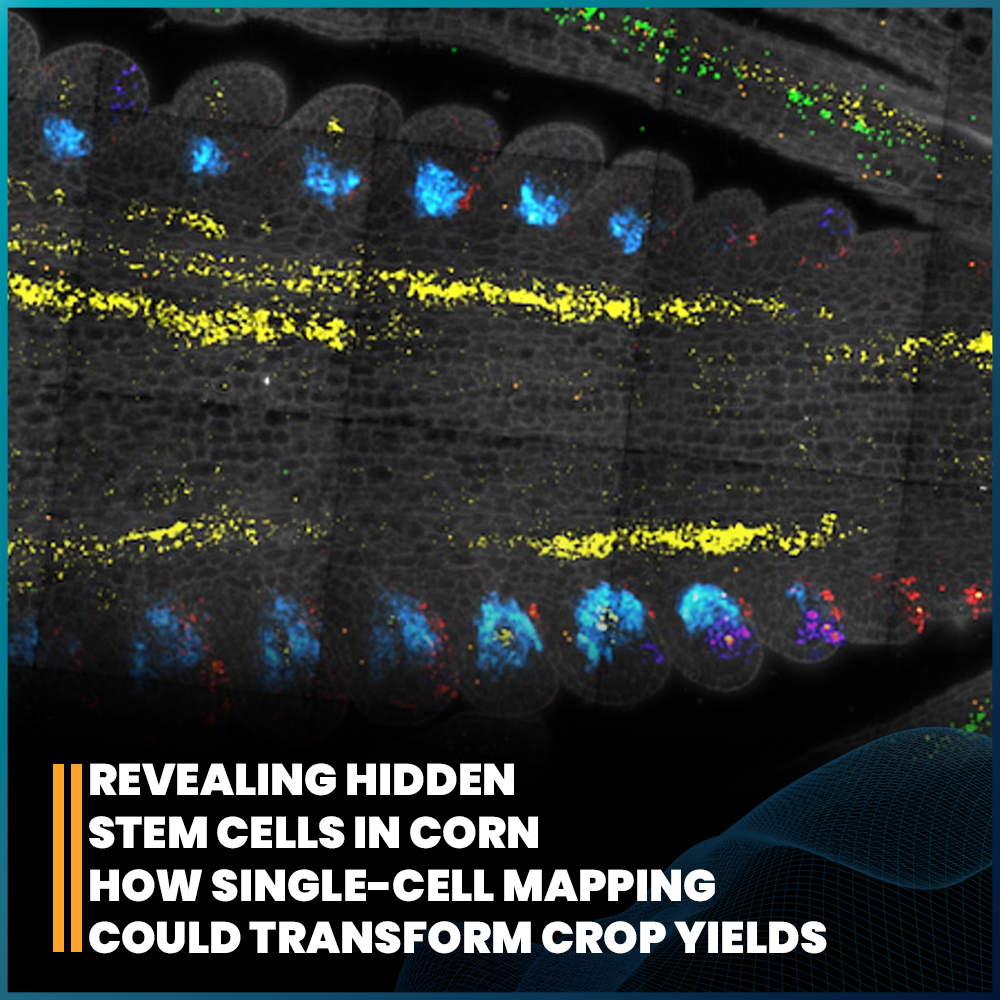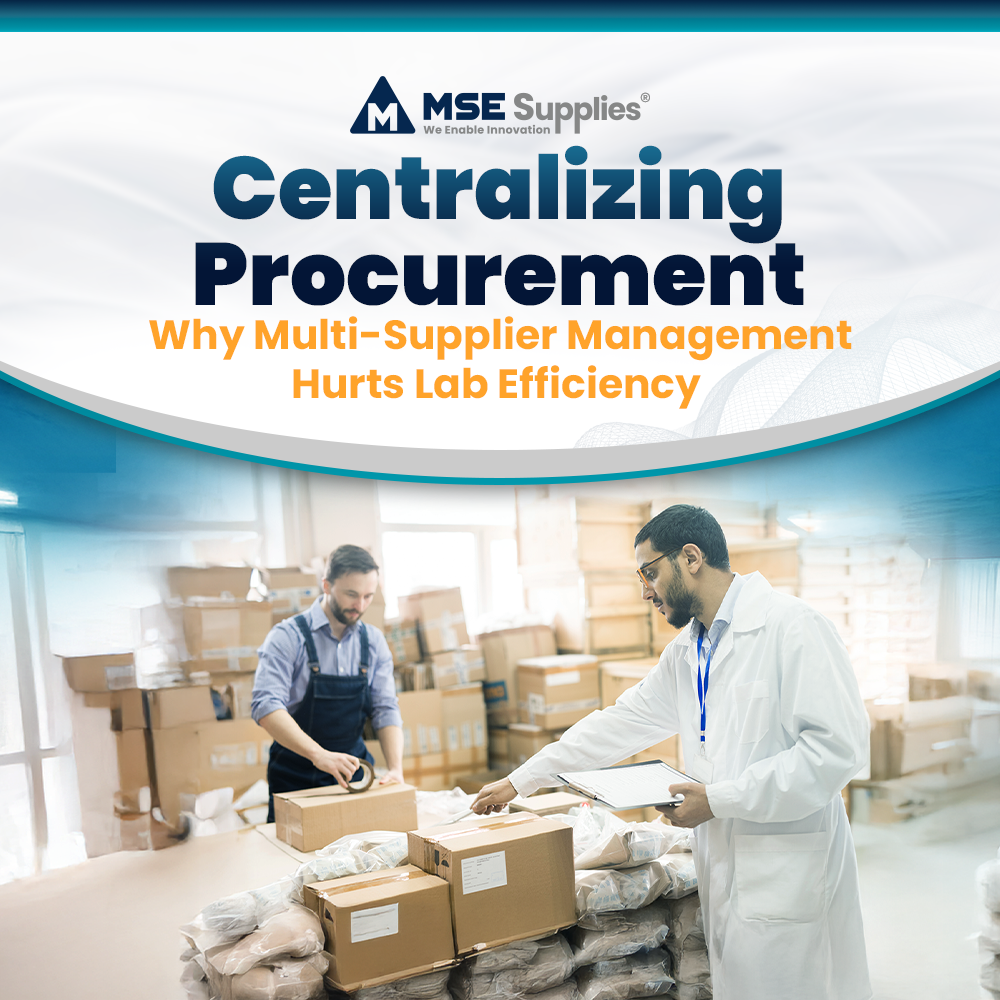[Science] New research enables large-scale manufacture of low-cost, printable perovskite solar cells
Posted by MSE Supplies on
![[Science] New research enables large-scale manufacture of low-cost, printable perovskite solar cells](http://cdn.shopify.com/s/files/1/0722/7785/files/Science_New_research_enables_large-scale_manufacture_of_low-cost_printable_perovskite_solar_cells_large.jpg?v=1487489687)
The new perovskite solar cells have achieved an efficiency of 20.1 per cent and can be manufactured at low temperatures, which reduces the cost and expands the number of possible applications. Credit: Kevin Soobrian
A U of T Engineering innovation could make printing solar cells as easy and inexpensive as printing a newspaper. Dr. Hairen Tan and his team have cleared a critical manufacturing hurdle in the development of a relatively new class of solar devices called perovskite solar cells. This alternative solar technology could lead to low-cost, printable solar panels capable of turning nearly any surface into a power generator.

"Economies of scale have greatly reduced the cost of silicon manufacturing," said Professor Ted Sargent, an expert in emerging solar technologies and the Canada Research Chair in Nanotechnology. "Perovskite solar cells can enable us to use techniques already established in the printing industry to produce solar cells at very low cost. Potentially, perovskites and silicon cells can be married to improve efficiency further, but only with advances in low-temperature processes."
Today, virtually all commercial solar cells are made from thin slices of crystalline silicon which must be processed to a very high purity. It's an energy-intensive process, requiring temperatures higher than 1,000 degrees Celsius and large amounts of hazardous solvents.
In contrast, perovskite solar cells depend on a layer of tiny crystals—each about 1,000 times smaller than the width of a human hair—made of low-cost, light-sensitive materials. Because the perovskite raw materials can be mixed into a liquid to form a kind of 'solar ink', they could be printed onto glass, plastic or other materials using a simple inkjet printing process.
But, until now, there's been a catch: in order to generate electricity, electrons excited by solar energy must be extracted from the crystals so they can flow through a circuit. That extraction happens in a special layer called the electron selective layer, or ESL. The difficulty of manufacturing a good ESL has been one of the key challenges holding back the development of perovskite solar cell devices.
"The most effective materials for making ESLs start as a powder and have to be baked at high temperatures, above 500 degrees Celsius," said Tan. "You can't put that on top of a sheet of flexible plastic or on a fully fabricated silicon cell—it will just melt."
Tan and his colleagues developed a new chemical reaction than enables them to grow an ESL made of nanoparticles in solution, directly on top of the electrode. While heat is still required, the process always stays below 150 degrees C, much lower than the melting point of many plastics.
The new nanoparticles are coated with a layer of chlorine atoms, which helps them bind to the perovskite layer on top—this strong binding allows for efficient extraction of electrons. In a paper recently published in Science, Tan and his colleagues report the efficiency of solar cells made using the new method at 20.1 per cent.
"This is the best ever reported for low-temperature processing techniques," said Tan. He adds that perovskite solar cells using the older, high-temperature method are only marginally better at 22.1 per cent, and even the best silicon solar cells can only reach 26.3 per cent.
Another advantage is stability. Many perovskite solar cells experience a severe drop in performance after only a few hours, but Tan's cells retained more than 90 per cent of their efficiency even after 500 hours of use. "I think our new technique paves the way toward solving this problem," said Tan, who undertook this work as part of a Rubicon Fellowship.
"The Toronto team's computational studies beautifully explain the role of the newly developed electron-selective layer. The work illustrates the rapidly-advancing contribution that computational materials science is making towards rational, next-generation energy devices," said Professor Alan Aspuru-Guzik, an expert on computational materials science in the Department of Chemistry and Chemical Biology at Harvard University, who was not involved in the work.
"To augment the best silicon solar cells, next-generation thin-film technologies need to be process-compatible with a finished cell. This entails modest processing temperatures such as those in the Toronto group's advance reported in Science," said Professor Luping Yu of the University of Chicago's Department of Chemistry. Yu is an expert on solution-processed solar cells and was not involved in the work.
Keeping cool during the manufacturing process opens up a world of possibilities for applications of perovskite solar cells, from smartphone covers that provide charging capabilities to solar-active tinted windows that offset building energy use. In the nearer term, Tan's technology could be used in tandem with conventional solar cells.
"With our low-temperature process, we could coat our perovskite cells directly on top of silicon without damaging the underlying material," said Tan. "If a hybrid perovskite-silicon cell can push the efficiency up to 30 per cent or higher, it makes solar power a much better economic proposition."
More information: Hairen Tan et al, Efficient and stable solution-processed planar perovskite solar cells via contact passivation, Science (2017). DOI: 10.1126/science.aai9081
Source: University of Toronto

Share this post
- Tags: FTO, ITO, solar cells



